Optimal Timing for Motion Sensor Light Installation
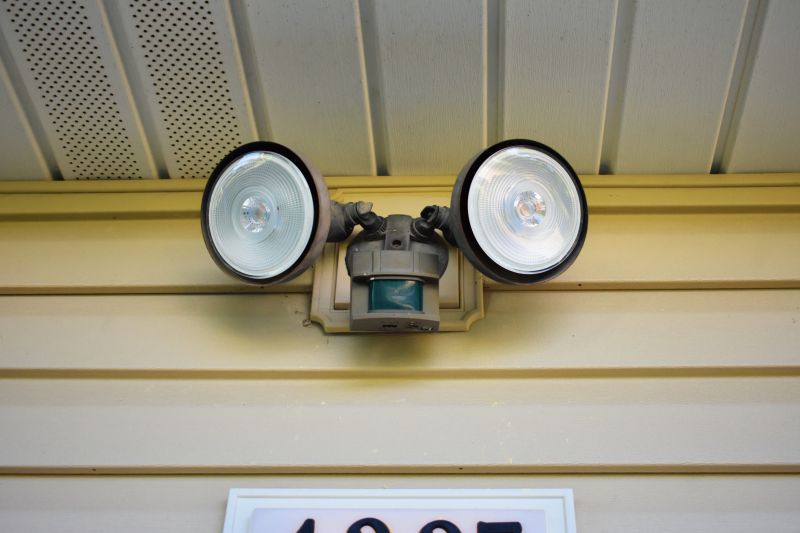
Installing motion sensor lights during evening hours ensures proper testing of light activation in low-light conditions.
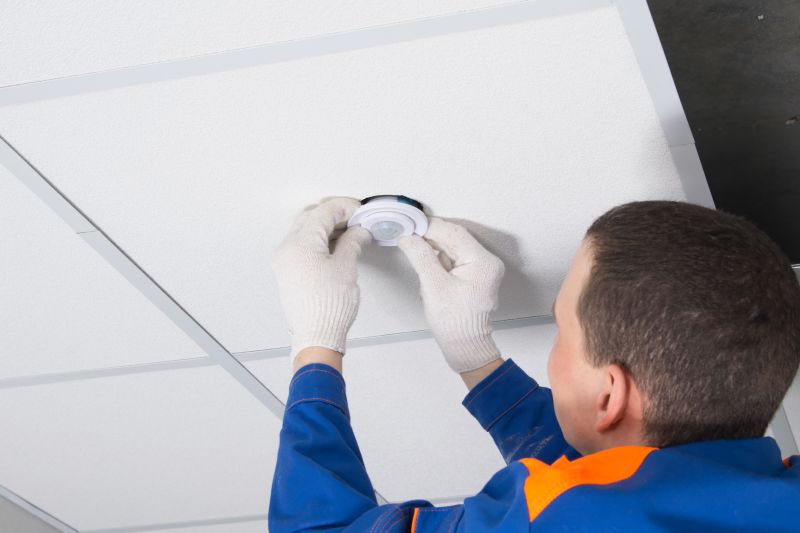
Daytime installations allow for planning and adjustments before darkness falls, minimizing disruption.
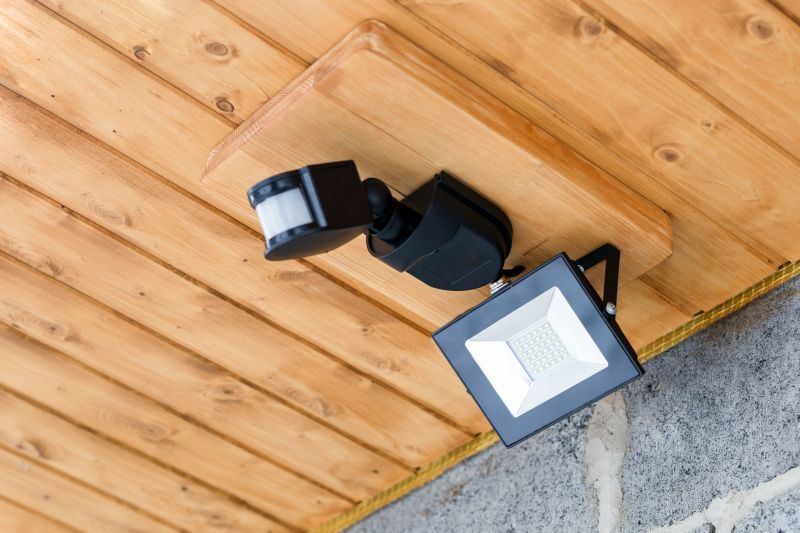
Spring and fall are ideal for installations due to moderate weather, reducing weather-related delays.
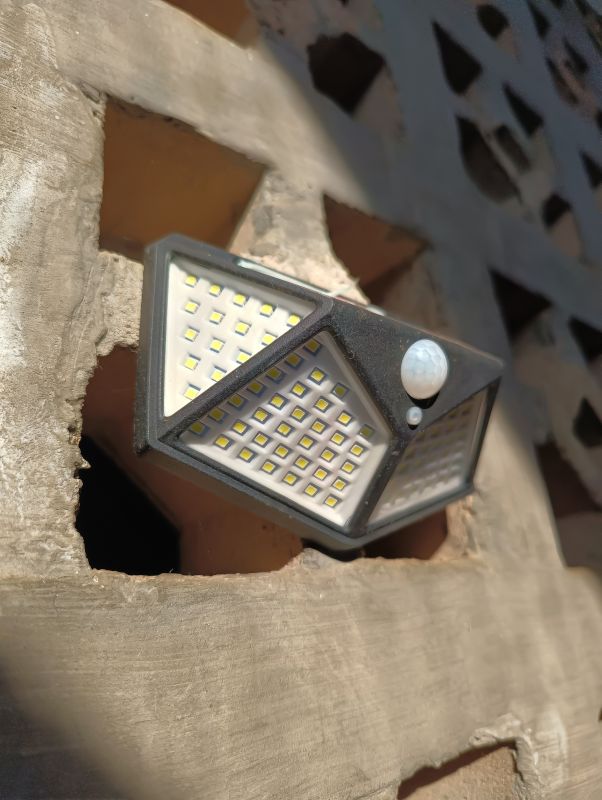
Ways to make Motion Sensor Lights Installations work in tight or awkward layouts.
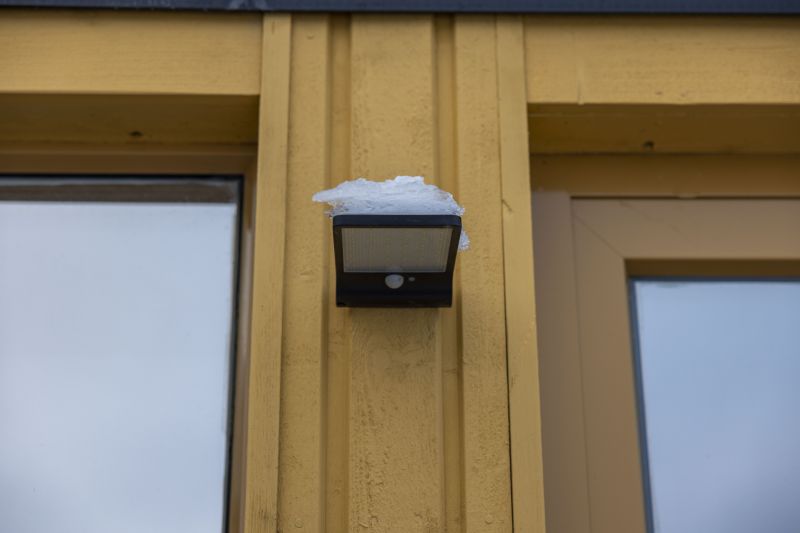
Popular materials for Motion Sensor Lights Installations and why they hold up over time.
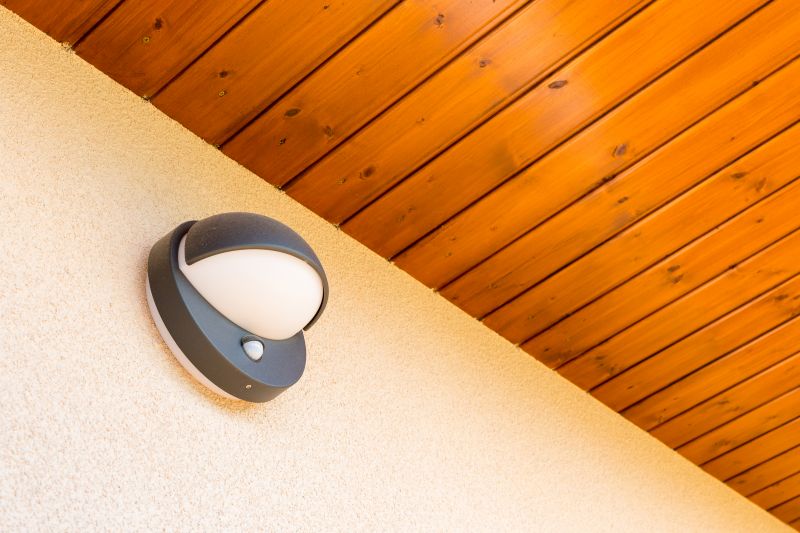
Simple add-ons that improve Motion Sensor Lights Installations without blowing the budget.
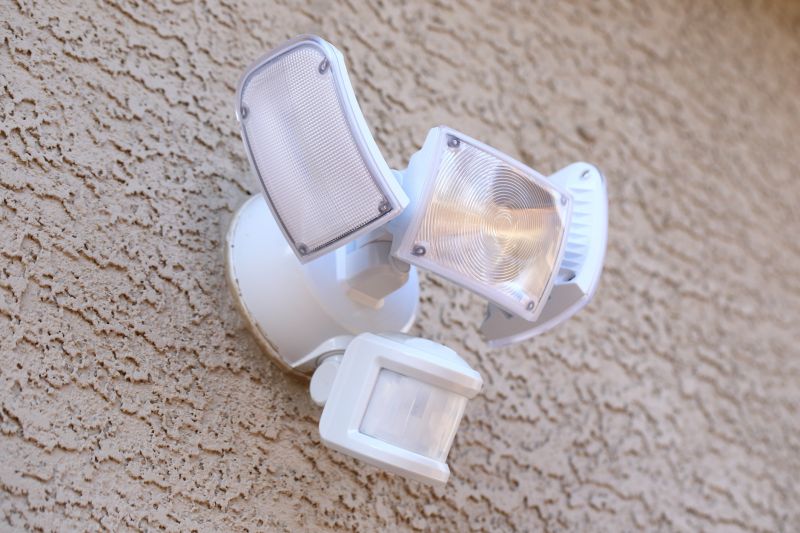
High-end options that actually feel worth it for Motion Sensor Lights Installations.

Finishes and colors that play nicely with Motion Sensor Lights Installations.
Motion sensor lights installations are most effective when performed during periods of low natural light or at times when outdoor darkness is anticipated. Proper timing allows for optimal testing and adjustment of sensor sensitivity and light coverage. Installing during evening hours facilitates immediate verification of functionality, ensuring the sensors activate correctly in real-world conditions. Additionally, scheduling installations during moderate weather seasons can reduce delays caused by adverse weather conditions, leading to a smoother process.
Statistics indicate that outdoor lighting installations, including motion sensors, are most frequently scheduled in spring and fall, aligning with milder weather patterns. This timing reduces the likelihood of weather-related interruptions and allows for comprehensive testing in varying light conditions. Proper timing also ensures that the lighting system is fully operational before periods of increased darkness, enhancing security and safety around residential or commercial properties.
Installing during low-light conditions ensures sensors are calibrated accurately to detect motion effectively.
Moderate weather seasons help prevent delays caused by rain, snow, or extreme temperatures.
Evening or early morning hours provide ample opportunity for testing and adjustments.
Planning installations ahead of seasonal changes maximizes efficiency and system performance.
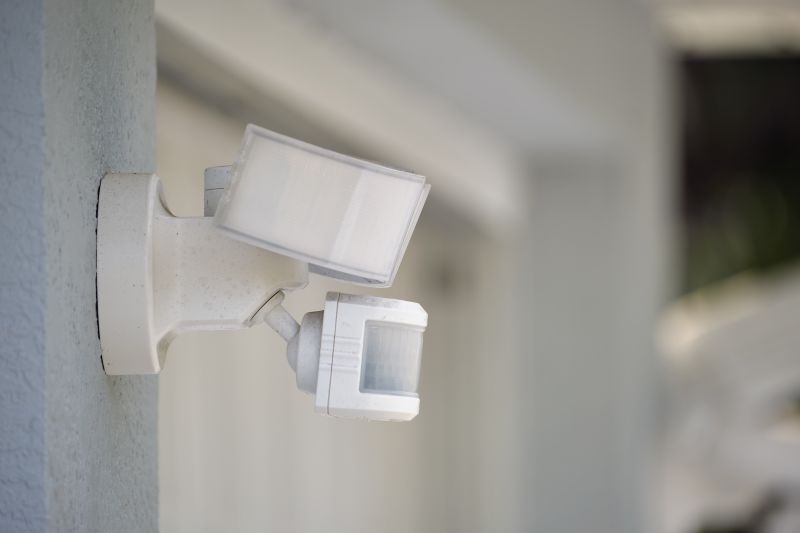
Installing as daylight fades ensures sensors respond correctly to changing light levels.
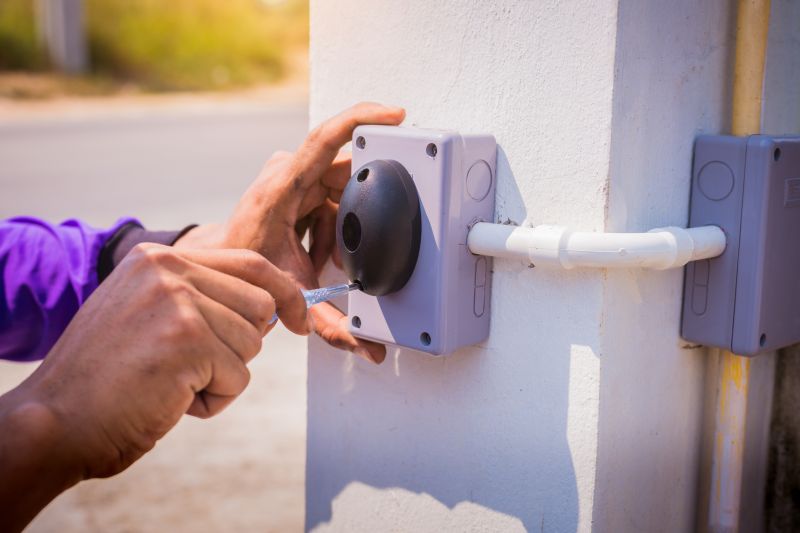
Testing sensor sensitivity during installation helps optimize performance.
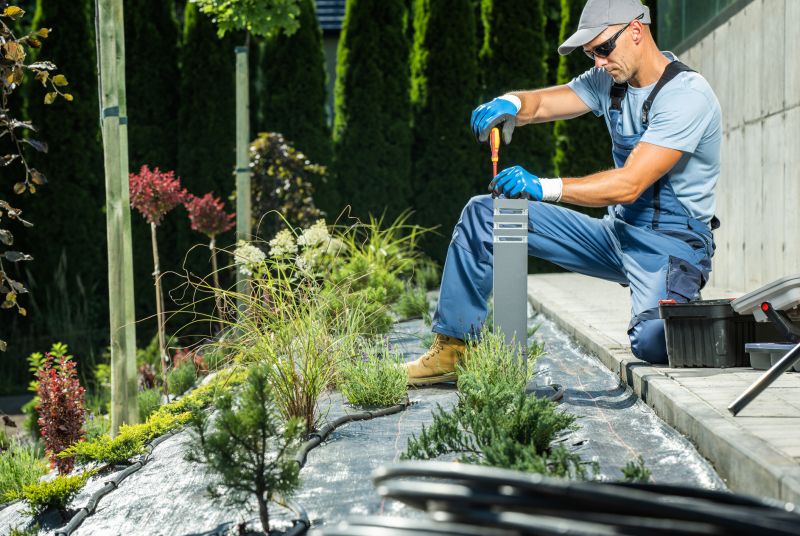
Spring and fall offer ideal weather for outdoor electrical work.
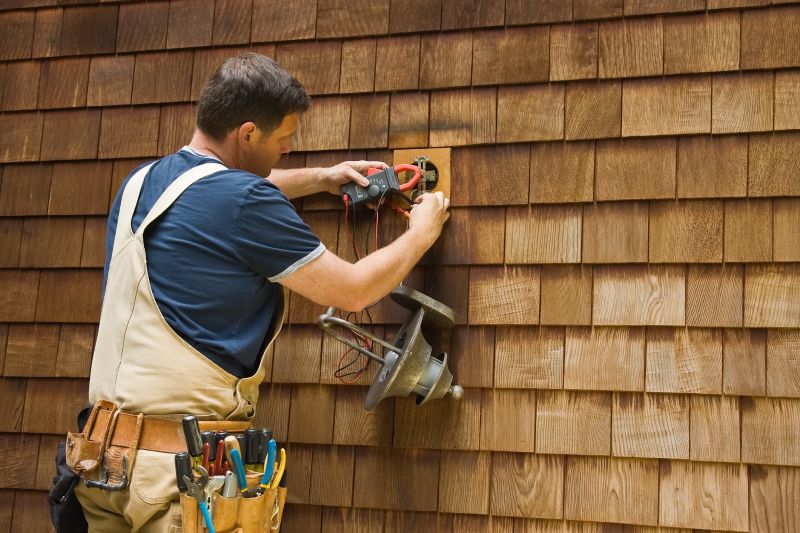
Scheduling ahead of winter or summer avoids weather-related delays.
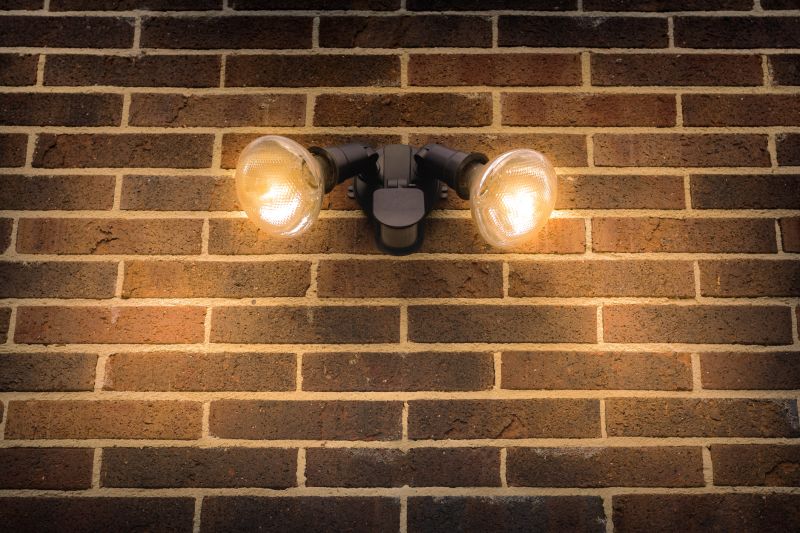
Little measurements that prevent headaches on Motion Sensor Lights Installations day.
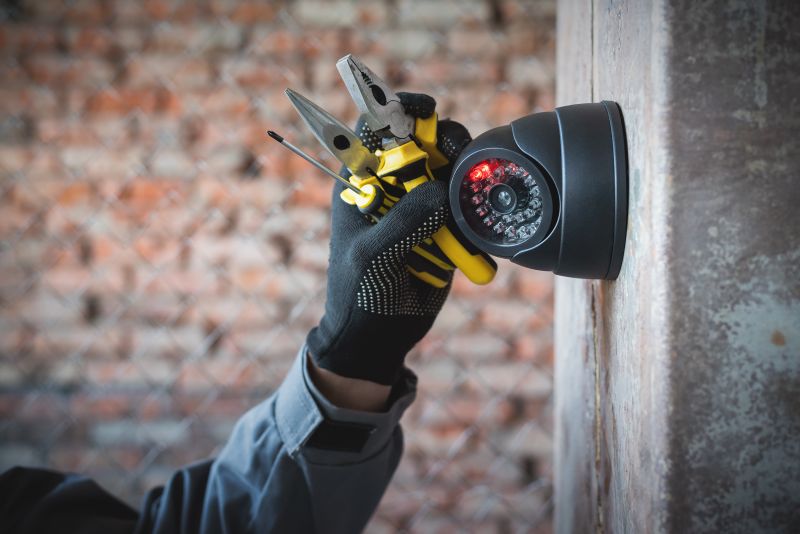
A 60-second routine that keeps Motion Sensor Lights Installations looking new.

A frequent mistake in Motion Sensor Lights Installations and how to dodge it.

Small tweaks to make Motion Sensor Lights Installations safer and easier to use.
| Timing Consideration | Benefits |
|---|---|
| Evening Installations | Immediate testing in low light, effective calibration |
| Daytime Installations | Planning and adjustments before darkness |
| Spring and Fall | Moderate weather reduces delays |
| Off-peak Hours | Less disruption and easier scheduling |
| Pre-winter | Ensures system readiness for darker months |
| Pre-summer | Prepares for increased outdoor activity |
Choosing the right time for motion sensor lights installations can significantly impact the effectiveness and longevity of the lighting system. Proper scheduling ensures sensors are calibrated accurately, and the lighting coverage meets security needs. It also minimizes potential disruptions and delays caused by weather or scheduling conflicts. Planning installations during optimal periods supports long-term performance and reduces the need for adjustments or repairs later.
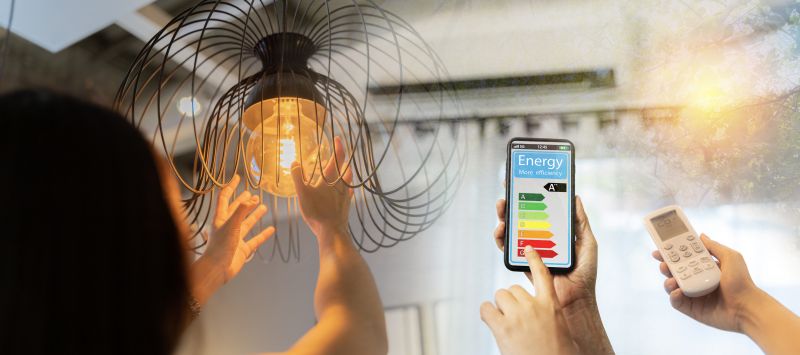
Ensures sensors activate correctly in real low-light conditions.
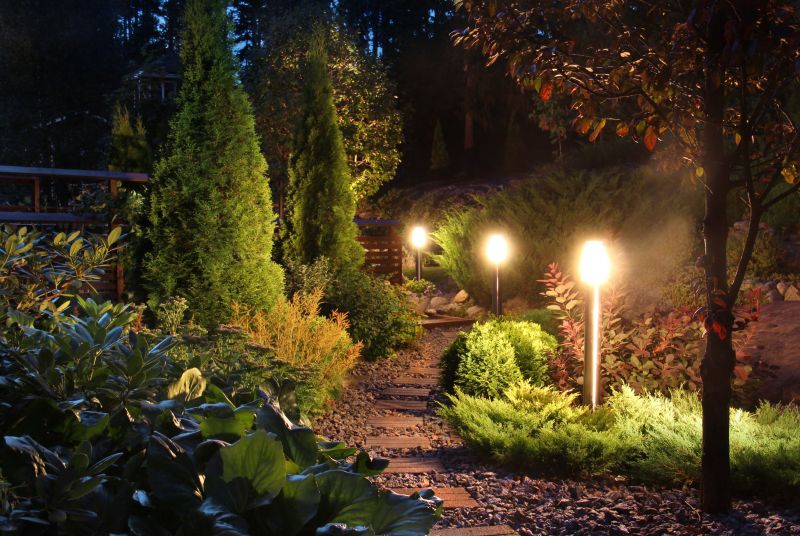
Scheduling during mild weather prevents delays.
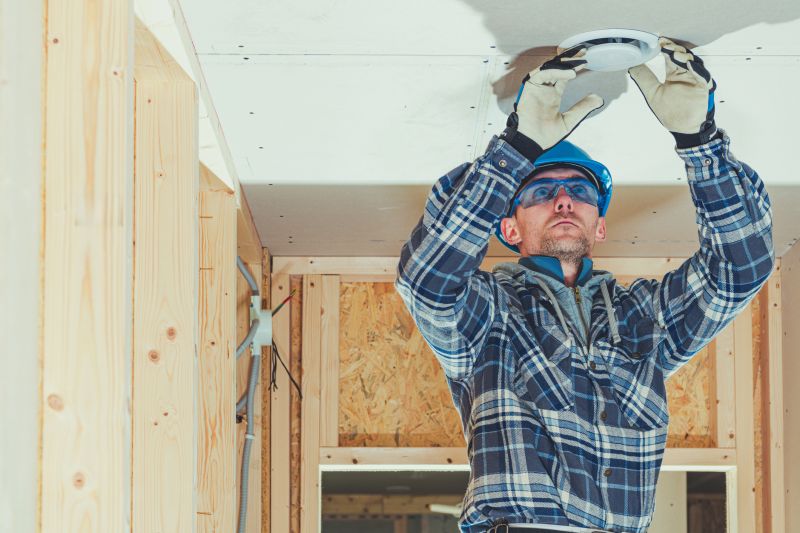
Completing installations before winter or summer peaks ensures readiness.
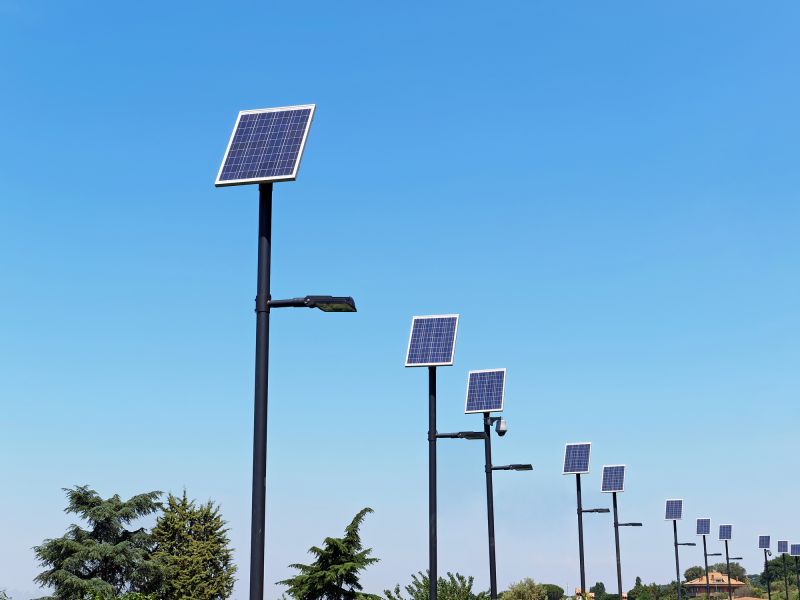
Lower-waste or water-saving choices for Motion Sensor Lights Installations.
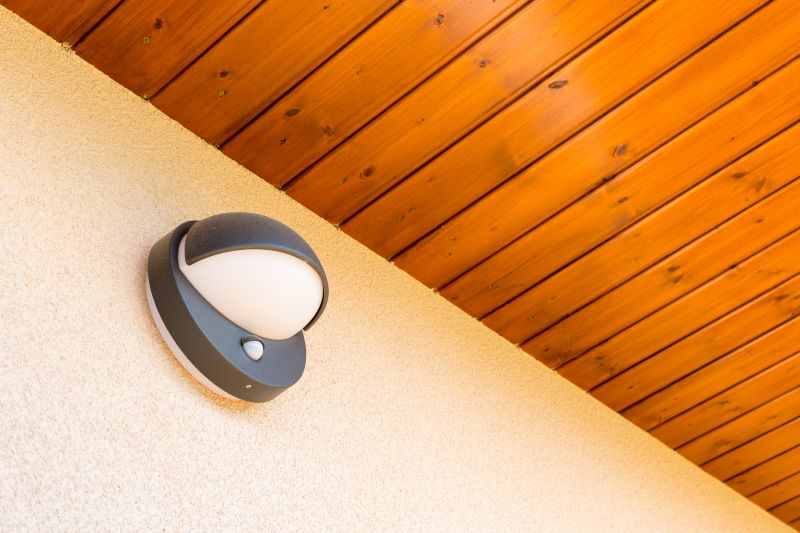
The short, realistic tool list for quality Motion Sensor Lights Installations.
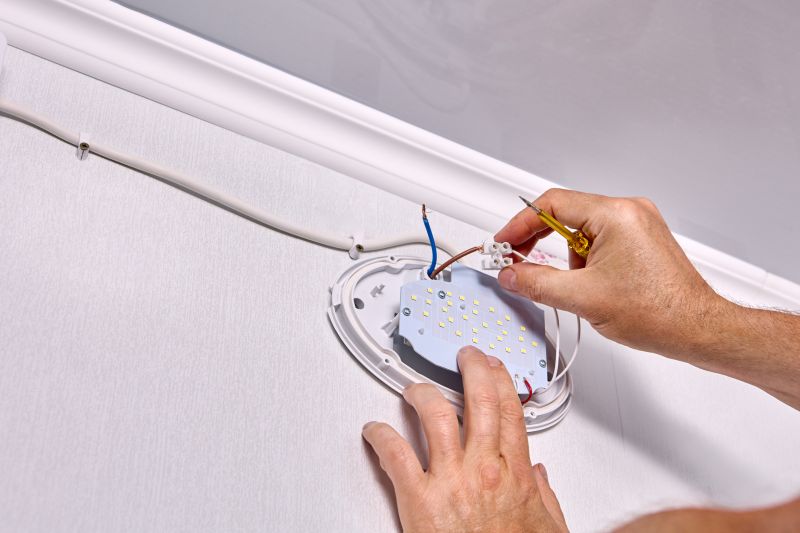
Rough timing from prep to clean-up for Motion Sensor Lights Installations.
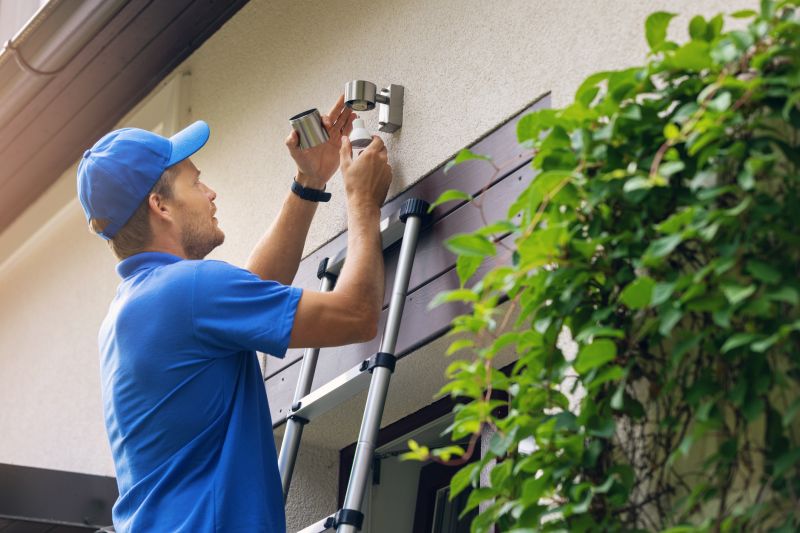
Quick checks and paperwork to keep after Motion Sensor Lights Installations.
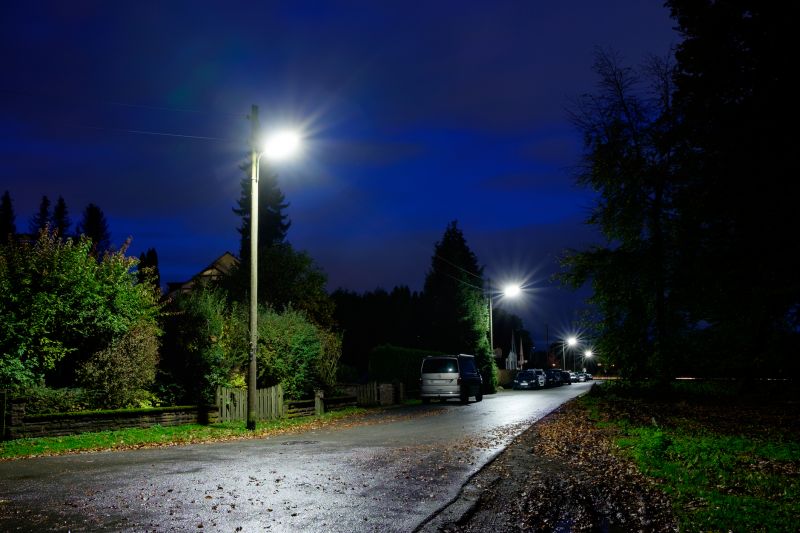
Examples that show the impact a good Motion Sensor Lights Installations can make.
Interested parties are encouraged to contact for further details or to schedule a consultation. Proper timing and planning can enhance the performance of motion sensor lighting systems, providing reliable security and convenience.
